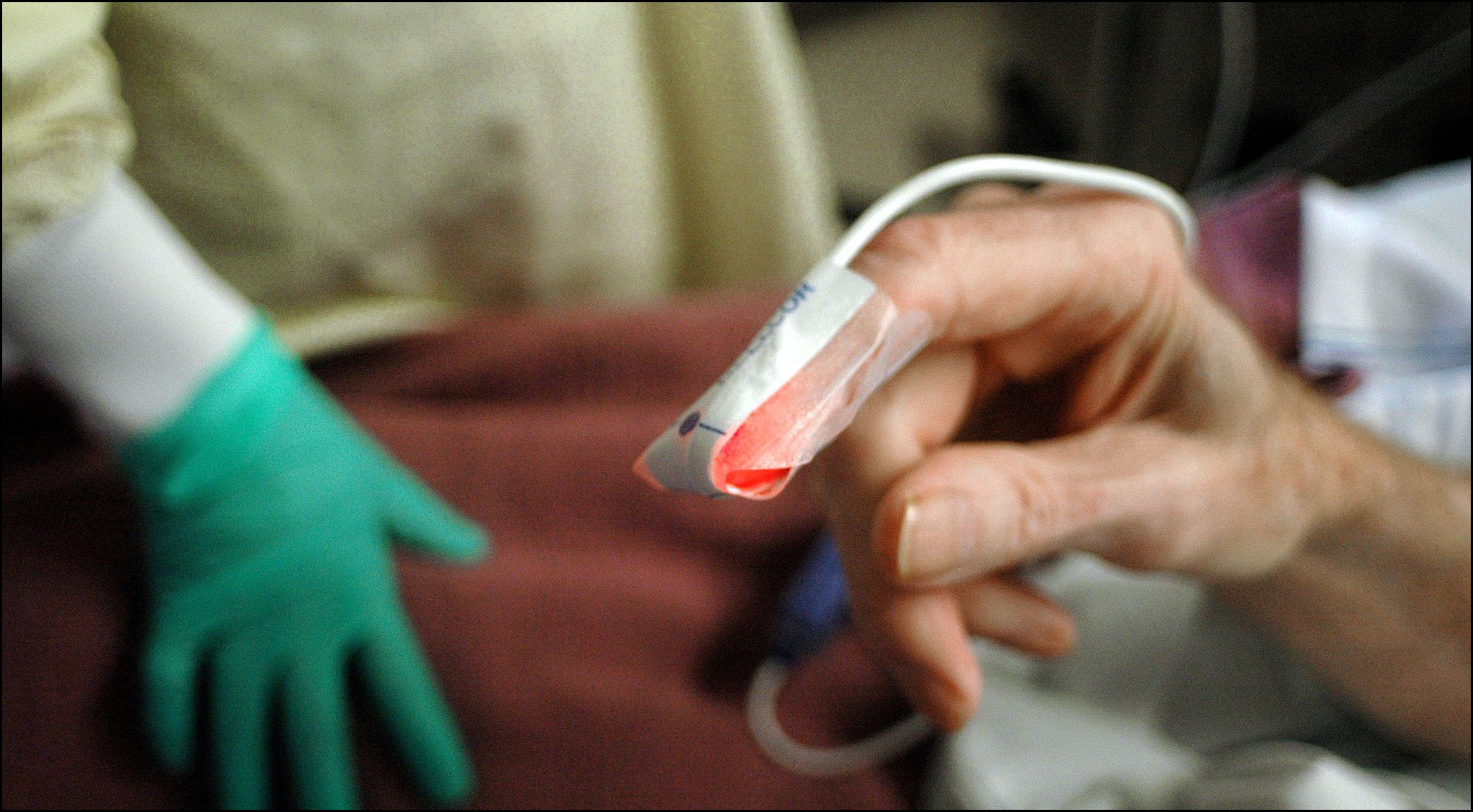The New York Times ran a fascinating op-ed on Monday, and I’m surprised that it hasn’t gotten more attention. Here’s the nickel summary: a hotshot ER doctor volunteered to spend time at Bellevue Hospital in Manhattan and discovered something odd. Practically everyone he saw had pneumonia caused by COVID-19:
Even patients without respiratory complaints had Covid pneumonia. The patient stabbed in the shoulder, whom we X-rayed because we worried he had a collapsed lung, actually had Covid pneumonia. In patients on whom we did CT scans because they were injured in falls, we coincidentally found Covid pneumonia. Elderly patients who had passed out for unknown reasons and a number of diabetic patients were found to have it.
And here is what really surprised us: These patients did not report any sensation of breathing problems, even though their chest X-rays showed diffuse pneumonia and their oxygen was below normal. How could this be?
You can—and should!—click the link to read the details, but the short answer turns out to be that COVID-19 attacks the lungs in an unusual way: it causes the air sacs to collapse and oxygen levels to fall, but the lungs still expel carbon dioxide normally. Since it’s carbon dioxide buildup that causes you to feel short of breath, patients had never even noticed anything was wrong:
A vast majority of Covid pneumonia patients I met had remarkably low oxygen saturations at triage — seemingly incompatible with life — but they were using their cellphones as we put them on monitors….Patients compensate for the low oxygen in their blood by breathing faster and deeper — and this happens without their realizing it….By the time patients have noticeable trouble breathing and present to the hospital with dangerously low oxygen levels, many will ultimately require a ventilator.
As you know, about 80 percent of people with COVID-19 have either mild symptoms or no symptoms. But the other 20 percent develop pneumonia and many end up on ventilators and eventually die. The problem is that they don’t feel anything for the first week, and by the time they do it’s too late. So how can we catch these cases earlier? With this:

This is a pulse oximeter, and it measures the level of oxygenation in your blood. You probably get a quick oxygenation test every time you see a doctor. So the answer is: test your blood oxygenation every day. If it falls below normal levels, get to an ER and get tested for COVID-19. Your chances of survival are way higher if you can get to it early.
There’s good news and bad news here. The good news is that pulse oximeters are cheap. You can get one on Amazon for forty bucks. The bad news is that if this becomes popular, I guarantee that we will soon realize we have a huge shortage of pulse oximeters. After all, who would have guessed we might need tens of millions of them for a weird virus that kills the lungs without giving any warning signs?
But there are other options. This might sound offbeat, but hospitals could have drive-up testing. Just zip in daily, stick your finger in a pulse oximeter for a few seconds, and go home. There are undoubtedly other ways of expanding oxygenation testing too.
It’s worth noting that this is not a substitute for normal COVID-19 testing. If you have no symptoms, your oxygenation level will be normal. However, regular testing would give us a head start on those patients who are likely to have the most serious reaction and the highest chance of dying. So why aren’t we doing this?
POSTSCRIPT: Consider this to be in the “news you can use” category. These things are cheap enough that I figure I’ll buy one tomorrow. Maybe you should too. And maybe buy one for any elderly relatives you know? They’re likely to be sold out pretty soon.
ANOTHER POSTSCRIPT: The fact that an ER doctor in New York is routinely finding COVID-19 in patients who come in for unrelated problems is yet another sign that the infection rate of the coronavirus may be much higher than we think.













